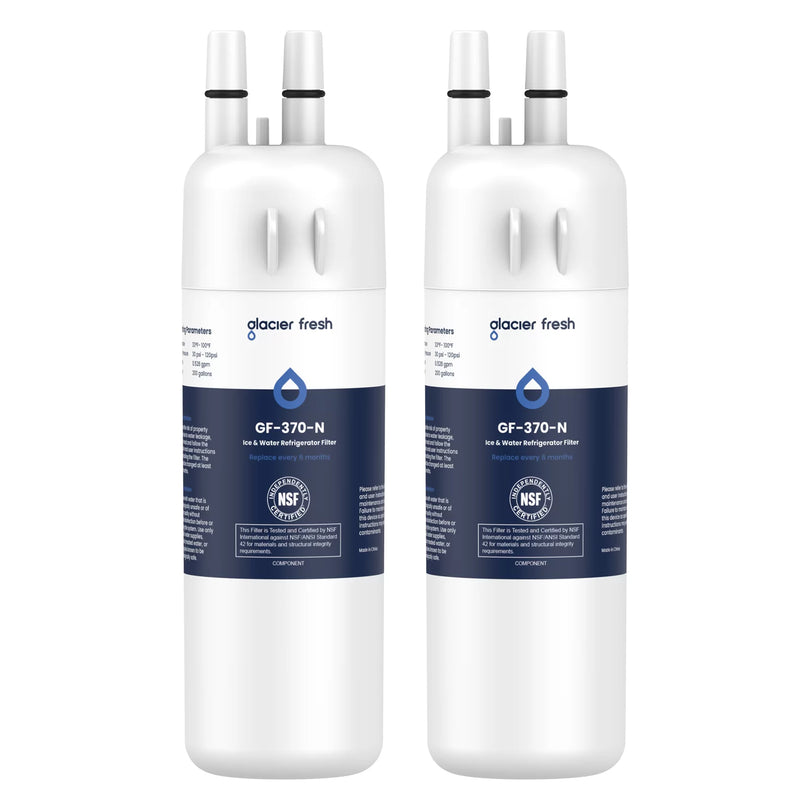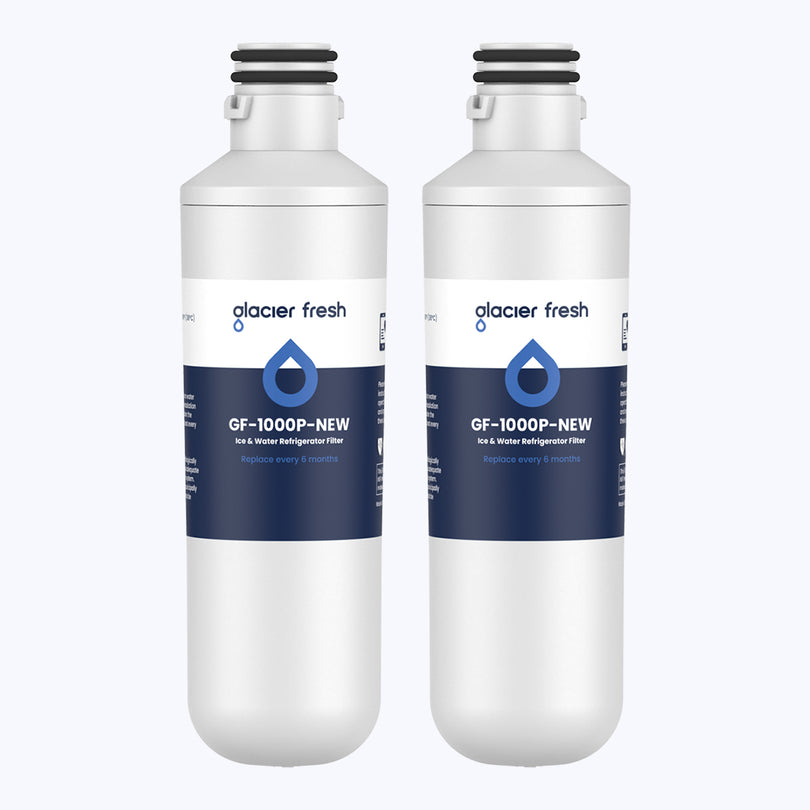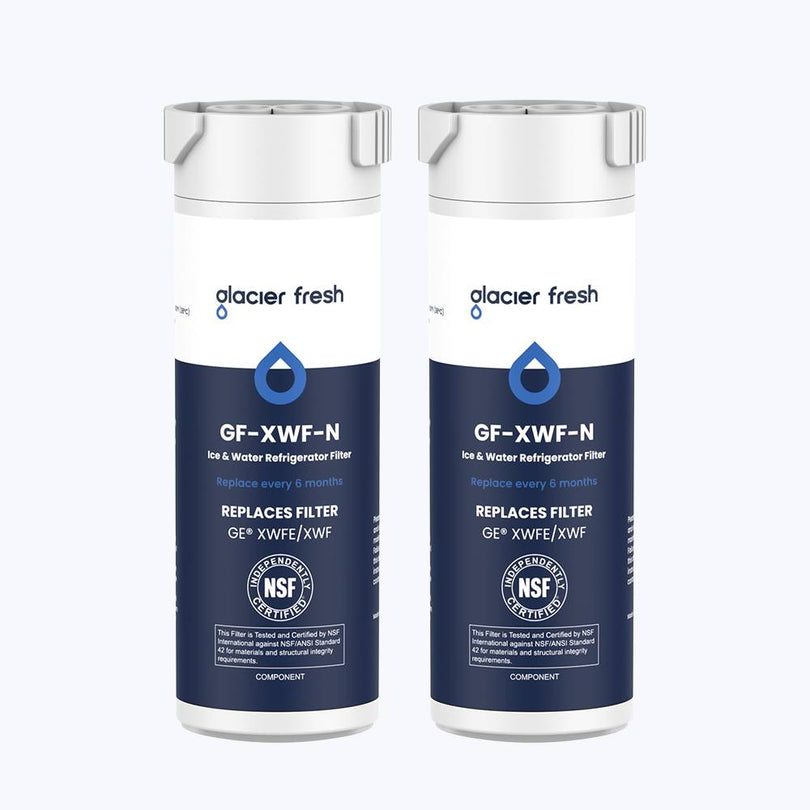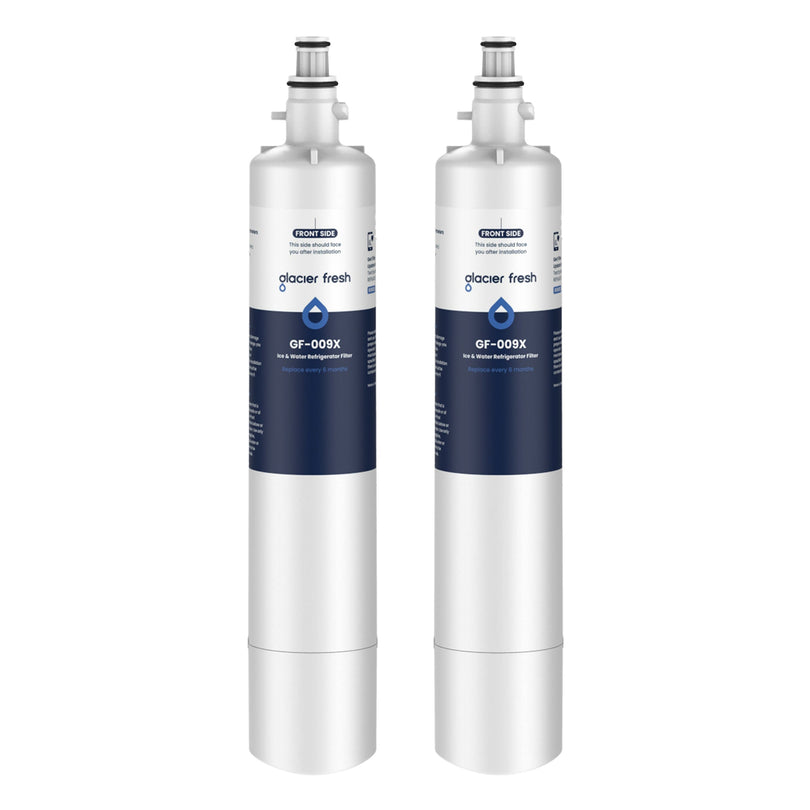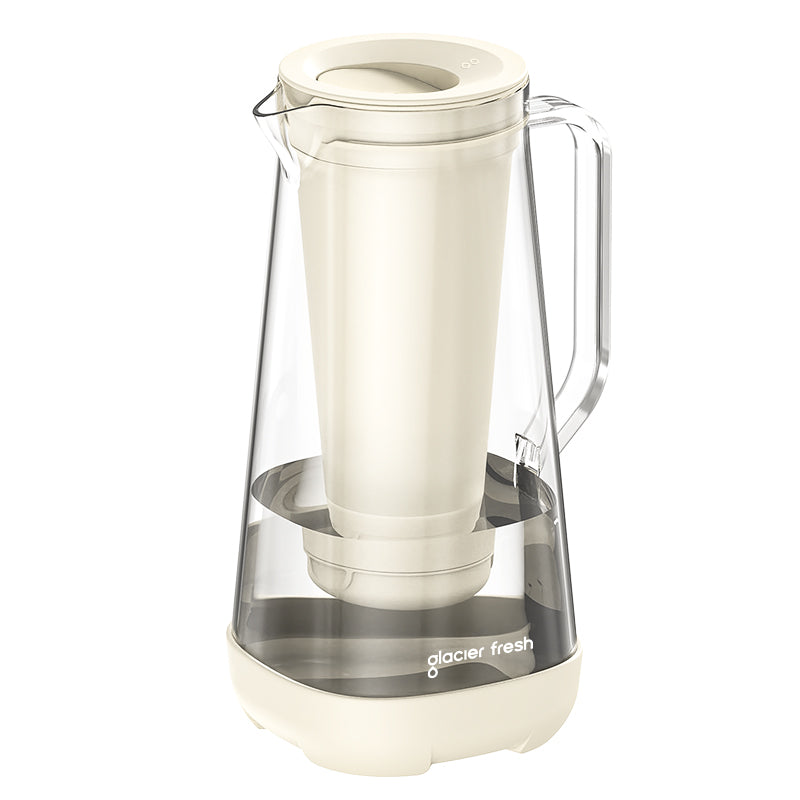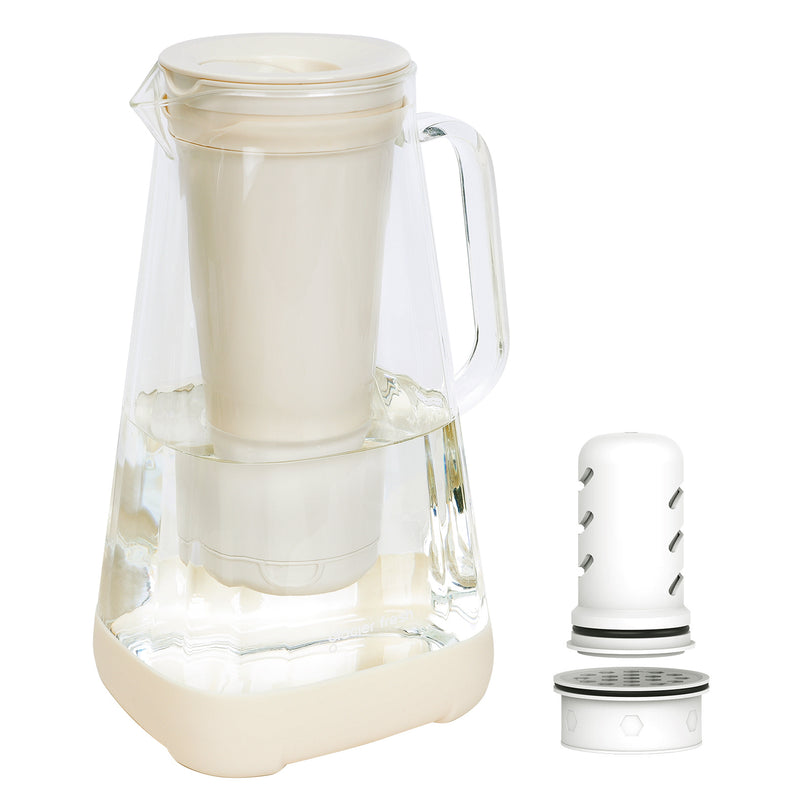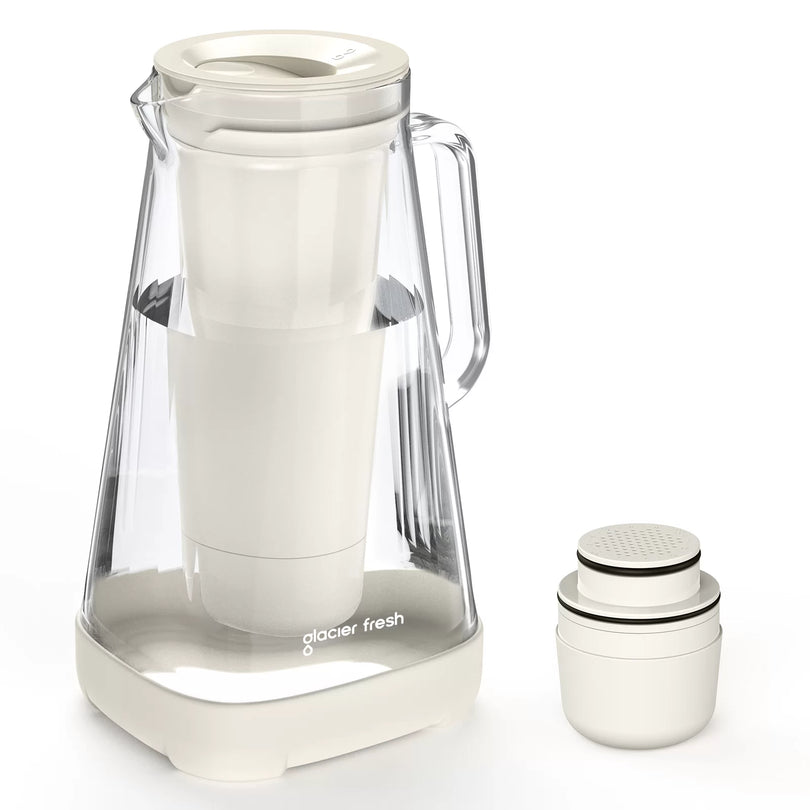Table of Contents:
Gefahren von Taifunen für die Trinkwasserqualität
Gesundheitsrisiken durch verunreinigtes Wasser durch Taifun
Vorbereitungen, die Sie vor der Ankunft des Taifuns treffen können
Maßnahmen zur Gewährleistung des Zugangs zu sauberem Trinkwasser während der Taifunsaison
Arten von Wasserfiltern, die Sie nach dem Taifun dringend benötigen könnten
FAQs
Abschluss
Sind Sie bereit für die Taifunsaison? Schützen Sie sich vor verunreinigtem Wasser und Gesundheitsrisiken. Erfahren Sie, wie Sie sich vor dem Sturm vorbereiten. Mit diesen einfachen Schritten sichern Sie sich den Zugang zu sauberem Trinkwasser. Und denken Sie daran, wie wichtig Wasserfilter während und nach dem Taifun sind. Bleiben Sie sicher und trinken Sie ausreichend!
Gefahren von Taifunen für die Trinkwasserqualität

Um während der Taifunsaison sicheres Trinkwasser zu gewährleisten, sollten Sie sich der Gefahren bewusst sein, die Taifune für die Wasserqualität darstellen. Taifune können das Trinkwasser verunreinigen und so die Verbreitung von durch Wasser übertragenen Krankheiten begünstigen. Starke Regenfälle können das Wasserversorgungssystem überlasten und die Wasserversorgung unterbrechen. Bei Taifunen können die Wasseraufbereitungsmethoden beeinträchtigt sein, sodass Leitungswasser nicht mehr sicher konsumiert werden kann. Deshalb ist es wichtig, einen Notwasservorrat anzulegen.
Ein Taifun kann verschiedene Schadstoffe ins Wasser bringen. Dazu gehören Schutt, Chemikalien und Schadstoffe, die das Trinkwasser verunreinigen und für den Verzehr ungenießbar machen. Der Konsum von verunreinigtem Wasser kann zu durch Wasser übertragenen Krankheiten wie Cholera, Ruhr und Typhus führen.
Darüber hinaus können Taifune die Wasserversorgung beeinträchtigen. Starke Regenfälle können zu Überschwemmungen führen, die die Wasserinfrastruktur beschädigen und zu Unterbrechungen der Wasserversorgung führen können. Ohne eine zuverlässige Quelle für sauberes Wasser ist es unerlässlich, einen Notwasservorrat anzulegen. Dies kann die Lagerung von Wasser in Glasfilterkrügen oder die Verwendung von Wasserfiltern und -reinigern umfassen, um die Sicherheit des von Ihnen konsumierten Wassers zu gewährleisten.
Gesundheitsrisiken durch verunreinigtes Wasser durch Taifun
Während eines Taifuns kann verunreinigtes Wasser ernsthafte Gesundheitsrisiken bergen. Es ist wichtig, die potenziellen Gefahren durch wasserbedingte Krankheiten zu kennen und die notwendigen Vorkehrungen zur Gewährleistung der Wassersicherheit zu treffen. Hier sind vier wichtige Punkte, die hinsichtlich der Gesundheitsrisiken durch verunreinigtes Wasser durch einen Taifun zu beachten sind:
- 1. Wasserverschmutzung: Taifune können durch Überschwemmungen und Abwasserüberlauf zu Wasserverschmutzung führen. Dadurch können Schadstoffe, Chemikalien und Krankheitserreger in die Wasserquellen gelangen und das Risiko von durch Wasser übertragenen Krankheiten erhöhen.
- 2. Durch Wasser übertragene Krankheiten: Verunreinigtes Wasser kann verschiedene durch Wasser übertragene Krankheitserreger enthalten, darunter Bakterien, Viren und Parasiten. Diese können Krankheiten wie Cholera, Typhus, Hepatitis A und Durchfall verursachen, die schwerwiegend und sogar lebensbedrohlich sein können.
- 3. Durch Wasser übertragene Krankheitsausbrüche: Nach einem Taifun besteht in den betroffenen Gebieten ein erhöhtes Risiko für durch Wasser übertragene Krankheitsausbrüche. Mangelnder Zugang zu sauberem Trinkwasser und schlechte sanitäre Bedingungen können zur Ausbreitung von Krankheiten beitragen, insbesondere unter gefährdeten Bevölkerungsgruppen wie Kindern und älteren Menschen.
- 4. Gewährleistung der Wassersicherheit: Um Gesundheitsrisiken zu minimieren, ist es wichtig, der Wassersicherheit während und nach einem Taifun höchste Priorität einzuräumen. Dies kann durch den Einsatz von Wasserfiltern, das Abkochen von Wasser vor dem Verzehr und die Einhaltung angemessener Hygienemaßnahmen, wie z. B. Händewaschen mit sauberem Wasser und Seife, erreicht werden.
Vorbereitungen, die Sie vor der Ankunft des Taifuns treffen können

Bereiten Sie Ihr Wasserfiltersystem vor dem Taifun vor. Mit den notwendigen Vorkehrungen können Sie während und nach dem Sturm Zugang zu sauberem und sicherem Trinkwasser haben. Hier sind einige Tipps zur Vorbereitung:
- Überprüfen Sie Ihr Wasserfiltersystem und stellen Sie sicher, dass es in gutem Zustand ist.
- Legen Sie sich einen Vorrat an Notvorräten wie Wasserflaschen, Wasserreinigungstabletten und Wasservorratsbehältern an.
- Erstellen Sie einen Evakuierungsplan, der auch die Bereitstellung von sauberem Wasser beinhaltet.
- Sichern Sie Ihr Eigentum, indem Sie Dachrinnen und Abflüsse reinigen, um eine Wasserverunreinigung zu verhindern.
Neben der Vorbereitung Ihres Wasserfiltersystems ist ein Kommunikationsplan unerlässlich. Dieser Plan sollte Notfallnummern, einen festgelegten Treffpunkt für Familienmitglieder und eine alternative Kommunikationsmöglichkeit für den Fall eines Stromausfalls enthalten. Informieren Sie sich über aktuelle Wetterdaten und befolgen Sie die Anweisungen der örtlichen Behörden.
Maßnahmen zur Gewährleistung des Zugangs zu sauberem Trinkwasser während der Taifunsaison
Sorgen Sie während der Taifunsaison für sauberes Trinkwasser, indem Sie es filtern und reinigen. Sauberes Wasser ist entscheidend, um durch Wasser übertragene Krankheiten zu verhindern und das Wohlbefinden Ihrer Familie zu gewährleisten. Hier sind vier wichtige Schritte:
-
Wasservorrat: Legen Sie bereits vor dem Taifun ausreichend Wasser vor. Füllen Sie saubere Behälter wie Krüge oder Flaschen mit Wasser und bewahren Sie diese an einem kühlen, trockenen Ort auf. Planen Sie täglich mindestens 3,8 Liter Wasser pro Person zum Trinken und für die Hygiene ein.

- Notfallvorräte: Bereiten Sie Ihr Notfallset mit Wasseraufbereitungsgeräten vor. Nehmen Sie Wasserfilter, Desinfektionstabletten oder einen tragbaren Wasserreiniger mit. Diese Geräte helfen Ihnen, Wasser aus potenziell kontaminierten Quellen während und nach dem Taifun aufzubereiten.
-
Reinigungsmethoden: Machen Sie sich mit verschiedenen Wasserreinigungsmethoden vertraut. Abkochen von Wasser ist eine effektive Methode, um Bakterien und Parasiten abzutöten. Alternativ können Sie Wasserfilter oder chemische Desinfektionsmittel verwenden. Befolgen Sie die Anweisungen der gewählten Reinigungsmethode.

- Wassersicherheit: Überprüfen Sie regelmäßig die Sicherheit Ihrer Wasserversorgung. Bei Verdacht auf Verunreinigungen verwenden Sie das Wasser nicht zum Trinken oder Kochen. Verwenden Sie Wasseraufbereitungsgeräte, um das Wasser vor dem Verzehr aufzubereiten. Achten Sie auf die Wassersicherheit, um Ihre Gesundheit und die Ihrer Angehörigen während der Taifunsaison zu schützen.
Mit diesen Maßnahmen sichern Sie sich den Zugang zu sauberem Trinkwasser und minimieren das Risiko wasserbedingter Krankheiten während der Taifunsaison. Bleiben Sie vorbereitet und bleiben Sie gesund!
Arten von Wasserfiltern, die Sie nach dem Taifun dringend benötigen könnten
Schwerkraft-Wasserfilter
Um nach einem Taifun schnell an sauberes Trinkwasser zu gelangen, benötigen Sie möglicherweise einen Schwerkraft-Wasserfilter. Nach einem Taifun können Wasserquellen verunreinigt sein, sodass das Trinken ohne ordnungsgemäße Filterung unsicher wird. Ein Schwerkraft-Wasserfiltersystem ist eine praktische und effektive Lösung für dieses Problem. Sein einfaches, aber effizientes Design ermöglicht es Ihnen, Wasser zu reinigen, indem Sie es mithilfe der Schwerkraft durch ein Filtersystem pressen. Die Inbetriebnahme ist ganz einfach: Füllen Sie die obere Kammer mit unbehandeltem Wasser und lassen Sie das saubere Wasser durch die Schwerkraft in die untere Kammer rieseln. Dieser Prozess entfernt Verunreinigungen wie Bakterien, Viren und Sedimente und stellt so sicher, dass Sie auch in Zeiten der Wasserknappheit Zugang zu sicherem Trinkwasser haben.
Tragbare Wasserfilter
Ein wichtiger Wasserfiltertyp, den man nach einem Taifun in Betracht ziehen sollte, ist ein tragbarer Wasserfilter. Ein Taifun verursacht oft Schäden an der Wasserinfrastruktur, wodurch Leitungswasser ungenießbar wird. In solchen Situationen kann ein tragbarer Wasserfilter lebensrettend sein.
Diese Filter sind kompakt und leicht zu transportieren, sodass Sie Ihr Wasser auch unterwegs reinigen können. Sie nutzen verschiedene Filtertechniken, wie Aktivkohle- und Keramikfilter, um Verunreinigungen und Bakterien aus Wasserquellen wie Flüssen, Seen und Bächen zu entfernen. Tragbare Wasserfilter sorgen schnell und effizient für sauberes Trinkwasser und sorgen dafür, dass Sie während der Erholung nach einem Taifun ausreichend hydriert und gesund bleiben.
Umkehrosmose-Wasserfilter
Umkehrosmose-Wasserfilter entfernen Verunreinigungen hochwirksam aus dem Wasser und machen es so trinkbar. Diese Filter pressen das Wasser durch eine halbdurchlässige Membran und fangen so Verunreinigungen wie Bakterien, Viren und Chemikalien ein. Nach einem Taifun können Wasserquellen durch Schmutz, Abwässer und andere Schadstoffe verunreinigt sein. Hier kommen Umkehrosmose-Wasserfilter zum Einsatz. Sie können viele Verunreinigungen entfernen und sorgen so für sauberes und sicheres Wasser.
UV-Wasserfilter
UV-Wasserfilter nutzen ultraviolettes Licht, um Bakterien, Viren und andere Mikroorganismen im Wasser abzutöten. Diese Methode ist hochwirksam bei der Desinfektion von Wasser und gewährleistet dessen Sicherheit für den Verzehr. UV-Wasserfilter wirken, indem sie das Wasser UV-Licht aussetzen, das die DNA von Mikroorganismen schädigt und so deren Vermehrung und damit die Entstehung von Krankheiten verhindert. Diese Filter sind in Gebieten praktisch, in denen Wasserquellen mit schädlichen Krankheitserregern kontaminiert sein können.
UV-Wasserfilter sind einfach zu installieren und erfordern nur minimale Wartung. Es ist jedoch wichtig zu beachten, dass sie keine physikalischen Verunreinigungen oder Chemikalien aus dem Wasser entfernen. Daher empfiehlt es sich, sie zusammen mit anderen Filtern für eine umfassende Wasserreinigung zu verwenden.
FAQs
Wie lange dauert es, bis Wasserquellen während eines Taifuns verunreinigt werden?
Während eines Taifuns können Wasserquellen innerhalb weniger Stunden verunreinigt werden. Um sicheres Trinkwasser zu gewährleisten, treffen Sie Vorkehrungen bei der Wasserspeicherung und erwägen Sie Notfallmaßnahmen zur Wasseraufbereitung, um die Wasserqualität aufrechtzuerhalten.
Gibt es natürliche Wasserquellen, die während eines Taifuns bedenkenlos genutzt werden können?
Während eines Taifuns ist es wichtig, sichere Alternativen für Trinkwasser zur Verfügung zu haben. Natürliche Reinigungsmethoden wie Abkochen oder die Verwendung eines Wasserfilters können Wasser aus natürlichen Quellen wie Regenwasser oder Quellen trinkbar machen. Stellen Sie sicher, dass diese in Ihrem Notvorrat enthalten sind.
Wie kann ich sicherstellen, dass mein gespeichertes Wasser während eines Taifuns sicher bleibt?
Um sicherzustellen, dass Ihr gespeichertes Wasser während eines Taifuns trinkbar bleibt, befolgen Sie diese Schritte: (1) Lagern Sie Wasser ordnungsgemäß in sauberen Behältern. (2) Verwenden Sie Wasserkonservierungstechniken wie die Zugabe von Chlor. (3) Überprüfen Sie das Wasser regelmäßig auf Verunreinigungen. (4) Die Sicherheit des Trinkwassers hat oberste Priorität.
Abschluss
Zusammenfassend lässt sich sagen, dass die Vorbereitung auf die Wasserfilterung während der Taifunsaison entscheidend ist, um den Zugang zu sauberem Trinkwasser zu gewährleisten. Die Gefahren von Taifune für die Trinkwasserqualität und die gesundheitlichen Risiken durch verunreinigtes Wasser dürfen nicht ignoriert werden. Indem Sie vor dem Eintreffen des Taifuns die notwendigen Vorbereitungen treffen und geeignete Wasserfilter verwenden, können Sie sich und Ihre Lieben vor möglichen durch Wasser übertragenen Krankheiten schützen und eine kontinuierliche Versorgung mit sauberem Trinkwasser sicherstellen.

